From the Riverina to the Snowys
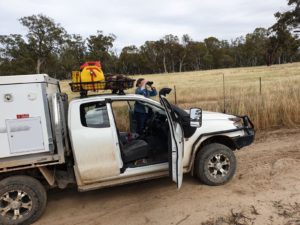
Julie’s eagle eye – with the help of binoculars – spotted some spoonbill birds feeding in a waterhole near the Murray River
Over the last few days we’ve been exploring parts of Australia we know little about, particularly the Riverina district along the Murray River. The greater Riverina area has some of the richest soil in Australia, perfect for growing endless crops of wheat, canola and other grains. The small rural communities that line the Murray support the farmers of these vast fields and have found their niche drawing visitors with golf courses, water ski parks, camping areas and the slower rural life on the river. The whole scene appealed to us and we lingered in the area for many days.
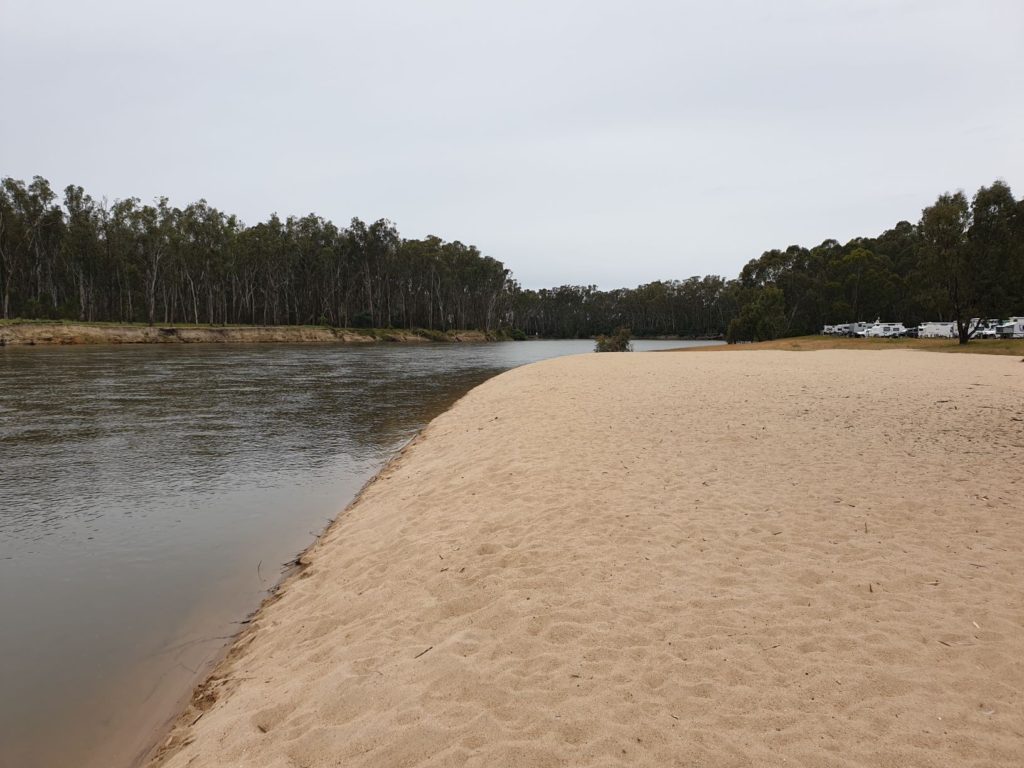
The Murray River featured numerous deep and long sandy beaches, like this one near the town of Teucumol, which were perfect for a summer dip or a place to camp
As we slowly moved east along the river the Murray Valley National Park reappeared as small enclaves on a number of occasions as it preserved special places along the Murray, particularly where an impressive beach had formed, a thick forest of river red gums flourished or a series of deep billabongs had covered the floodplain. We pulled into many of these places, exploring their overgrown tracks, marvelling at these beaches on the river as the muddy water swiftly flowed past us. Very cool stuff.
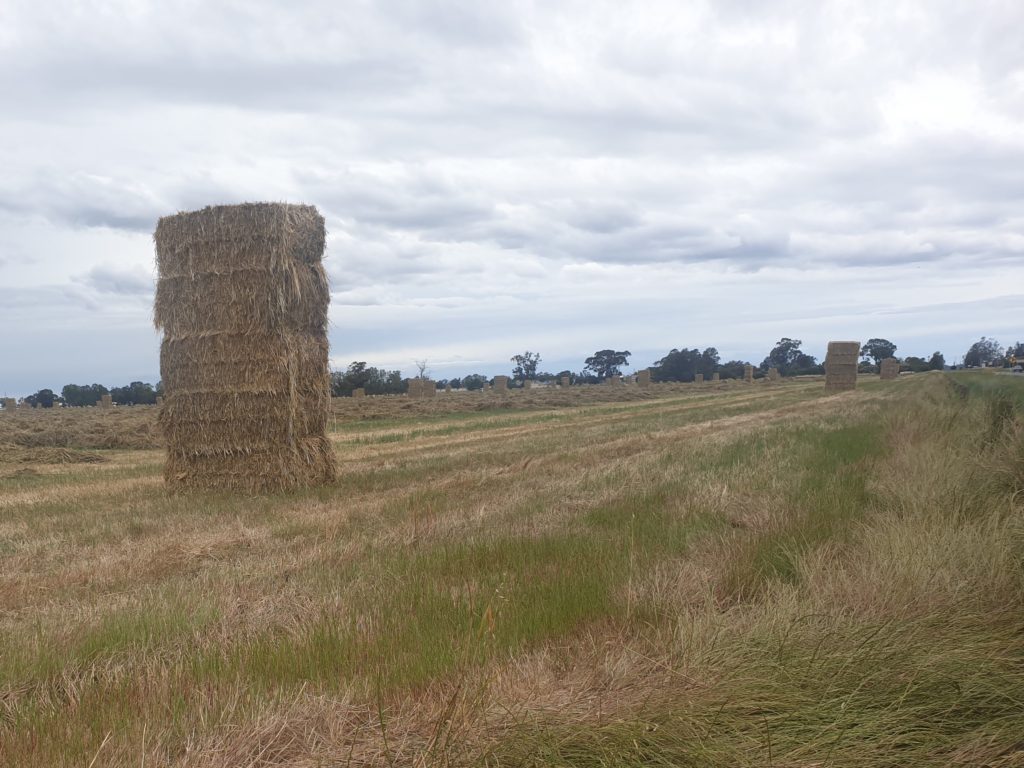
The Riverina is a very rich agricultural area – in one area the local farms adopted a unique way of stacking their hay in the fields
We ended the day camping on the banks of Mulwala Lake, a huge lake formed by a weir across the river, now enthusiastically used by large numbers of fishermen, water skiers and other aqua seekers. The lake is not deep and has many dead trees acting as sentinels over the cold water which added an eerie feeling to the scene. The tall trees in our camp were inundated with a hundred or more squawking cockatoos, unhappy with our presence or just excessively boisterous in the afternoon. Either way, we had a hard time talking over their beautiful squawking.
Our goal for the day was the major regional centre of Albury which also marks the end of the flat Riverina floodplains and the beginning of the Snowy Mountains. But before the mountains we made a special visit to our old friend Jo who we met while still in Europe in the early 1980’s. Jo has done it incredibly tough over the last four years with personal loss and her own serious health issues but you couldn’t imagine a more positive outlook from anyone. She is an absolute inspiration, that’s for sure. It was great to see her again and catch up about family and friends before settling for a modest caravan park in the nearby town of Howlong.
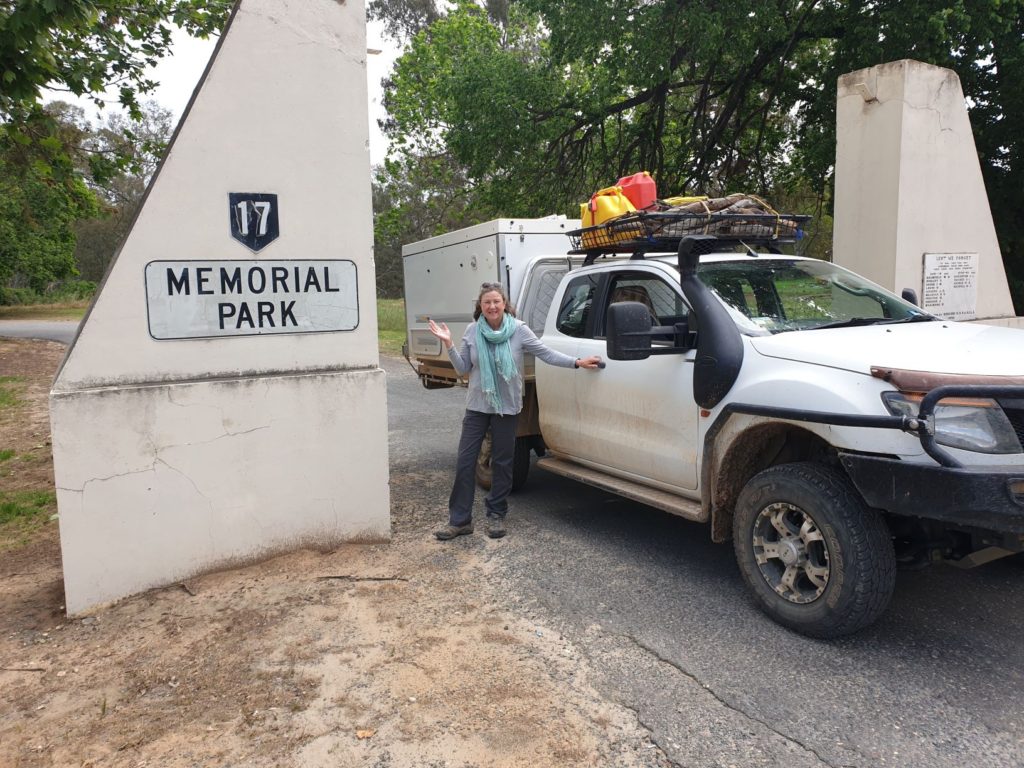
Julie and I know that most small rural towns have a Memorial Park which provides shade in a pleasant setting for a picnic lunch but this one in Howlong had a grant entrance and was set right on the river
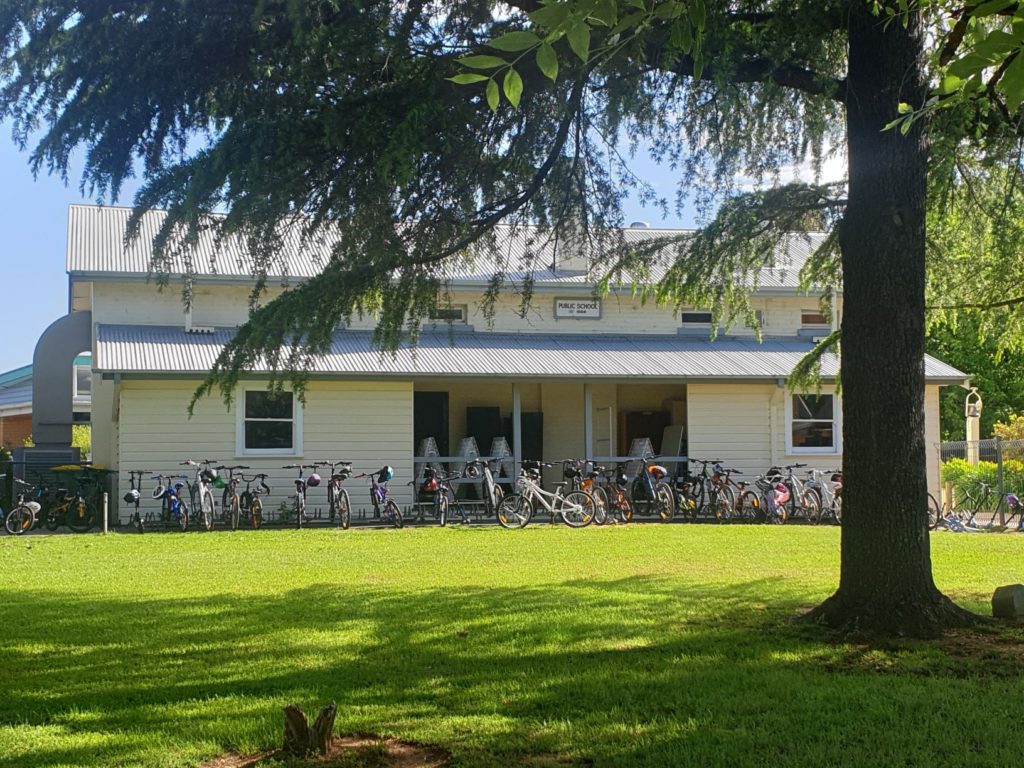
The school in the little river town of Howlong featured an impressive collection of small bikes which are parked out front by all the young commuters during school hours
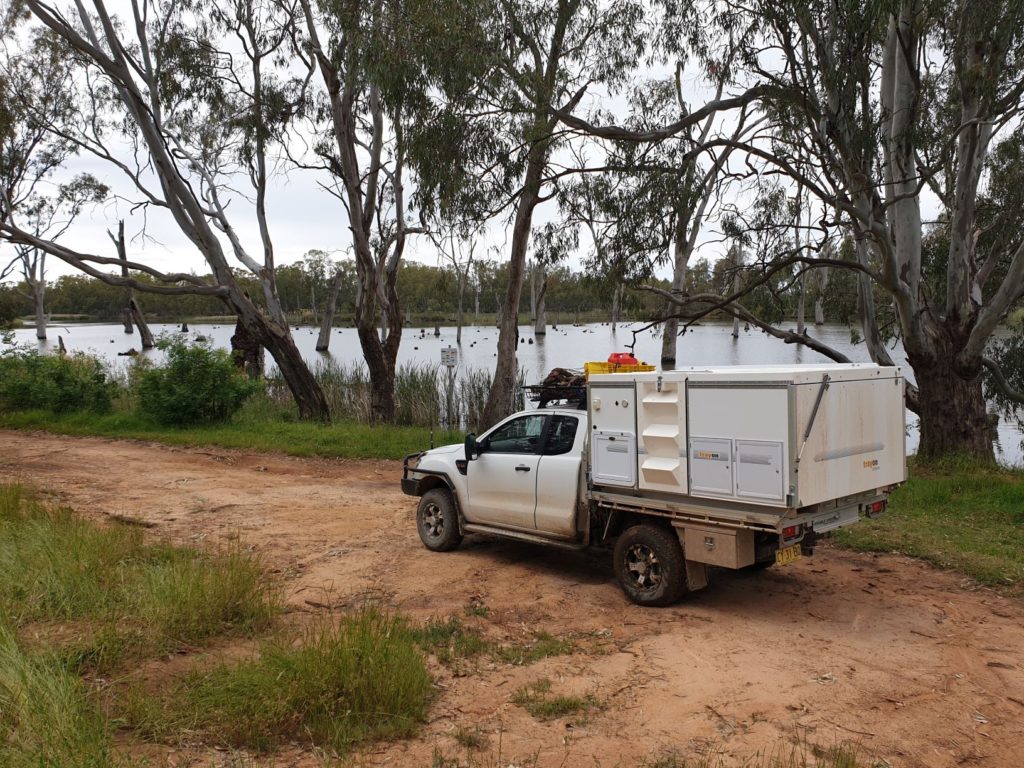
We found many great places to pull off the road and explore the Murray River as it slowly passed from the Snowy Mountains through the Riverina on its long journey to the ocean
We had another three day before arriving in Cooma where we would see our beautiful grandchildren again. But there are a few national parks between us and them, including the big boy of them all – Kosciusko National Park in the wonderful Snowy Mountains.
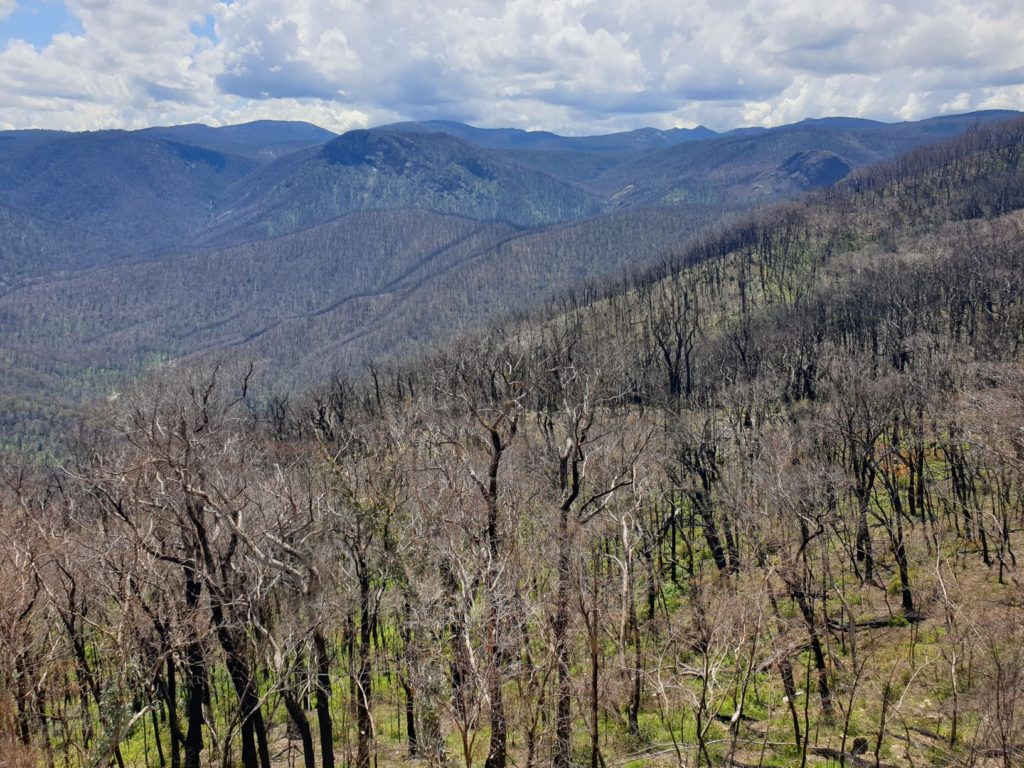
Sadly, like much of NSW, large sections of Kosciusko National Park were burned in last summer’s fires, leaving a very forlorn look to this beautiful countryside
As I’ve said before, NSW has over 230 national parks – an astonishing number by any measurement – but many of them are surrounded by private property and not available to the public. They were formed as a leftover from previous policies on state forests, old logging areas, conservation efforts or areas with special value to flora and fauna. We wanted to see how many we could visit, especially if they were in our general path. Our first target in the morning was Benambra National Park, an area preserving forests of rare gum trees, and we passed through beautiful green grazing land in the rolling foothills of the Snowys before learning there was no way into this park.
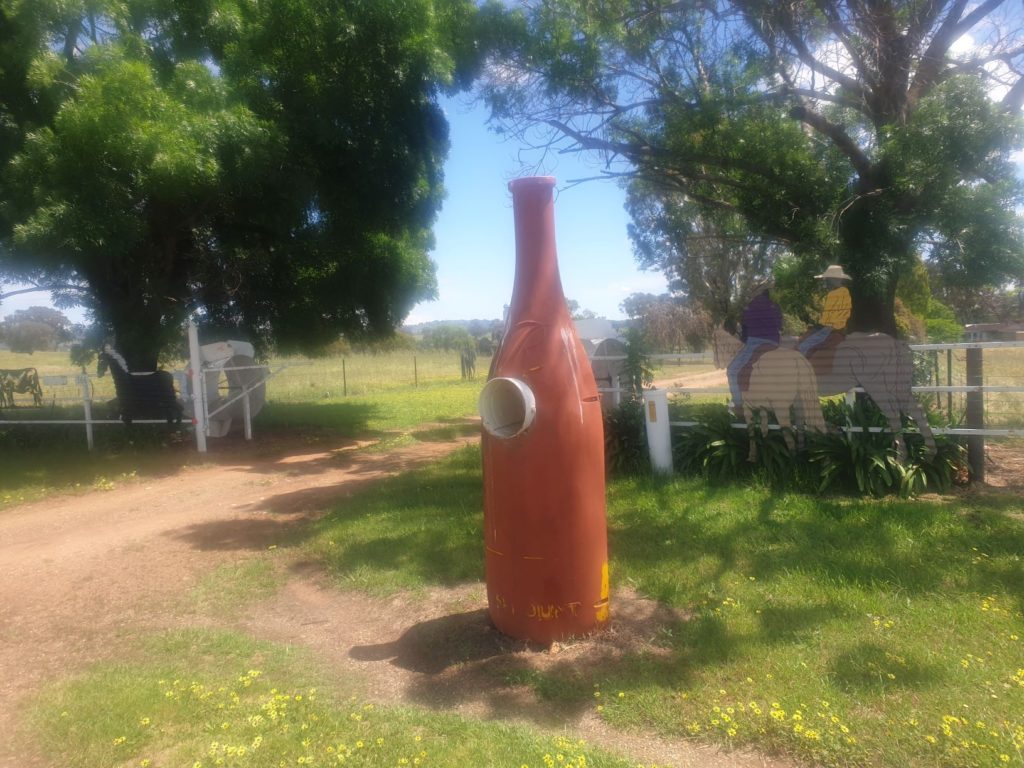
Possibly the best mail box of all time – this huge milk bottle was just one of many pieces of roadside art featuring in front of this remote farmhouse
We had much better luck at the larger Livingtone National Park just south of Wagga Wagga and explored some of its rough 4WD tracks before finding a pleasant clearing for lunch. Then it was on to the small town of Adelong which has a fabulous but rarely visited old mining site. From 1858 to the 1910’s hearty prospectors mined for gold in these ancient hills, a life which must have been brutally tough. We walked amongst the old ruins and wondered what it would have been like to live under such difficult conditions in the never-ending search for riches.
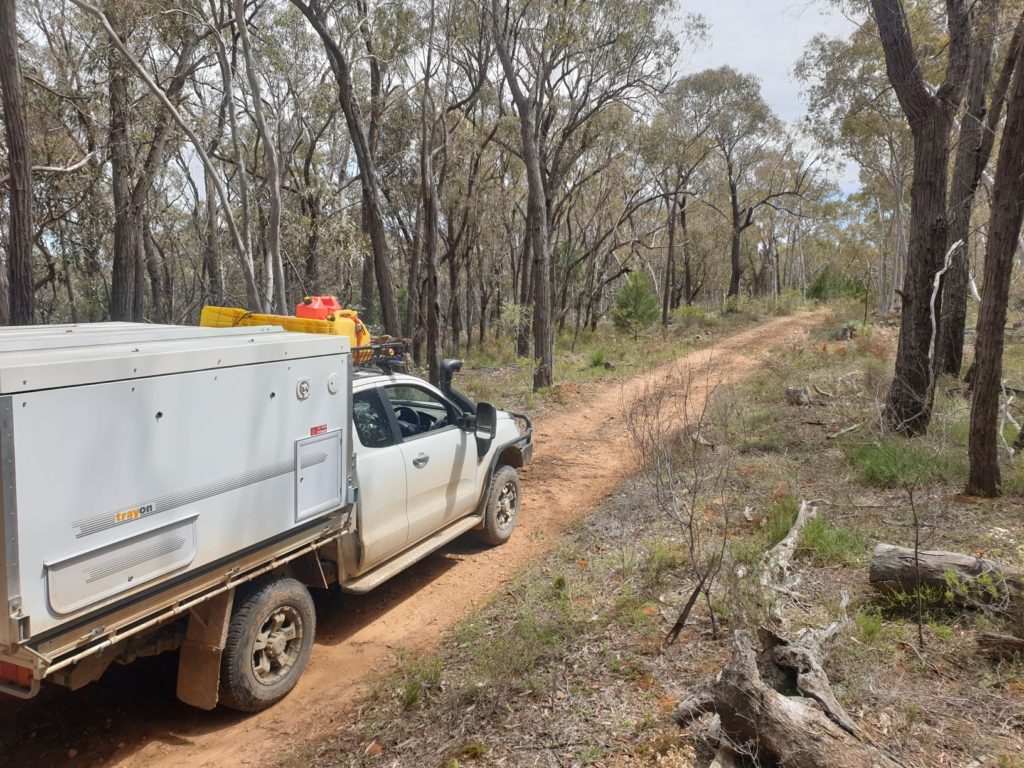
We finally came to a flat spot in Livingstone National Park so I could get out and take a photo of this rugged terrain
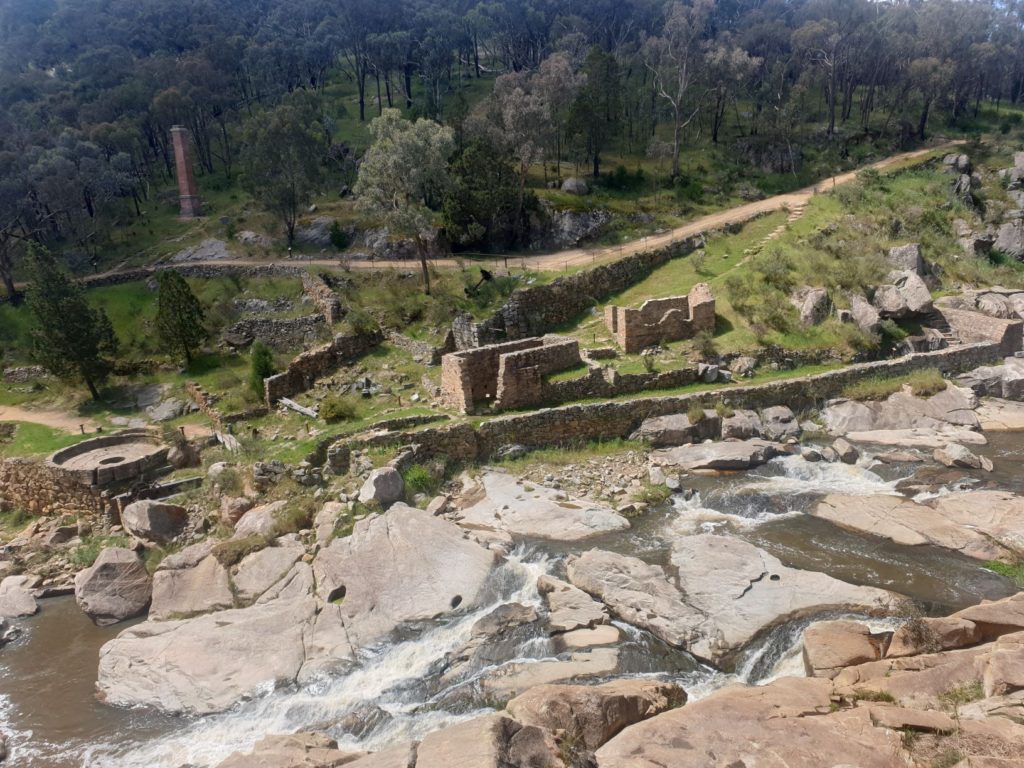
The 19th century gold mining ruins near the mountain town of Adelong were completely unexpected and absolutely fascinating to explore
We ducked into the very pretty regional historic town of Tumut, nestled into the foothills of the Snowys, to explore its shops and spread some money around. On a local tip we headed out of town and drove to the top of the Blowering Dam and took in the huge Blowering Reservoir, almost full to the rim, before ending up camping a few kilometres below the dam on the banks of the Tumut River.
The river had beautiful clear shallow water rustling over a rocky bottom, large willow trees draping branches over its soft current, a complete contrast to the huge muddy Murray and Darling rivers. At dusk a local fisherman came along and stood out in the middle doing a bit of fly fishing. We built a big fire and enjoyed a fabulous night under the stars, absolutely perfect.
We were getting closer to our grandchildren but we still had time to explore the northern sections of the national park, something we had never done before. We followed the road along the shores of the Blowering Reservoir, the large expanse of water smooth as glass, extensive tracks of scorched mountains from the recent fires rising up on the other side. From the little town of Talbingo the road went straight up through burned forests, climbing 800 metres in elevation in no time, until we forked off and followed the one lane road down to the Yarrangobilly Caves.
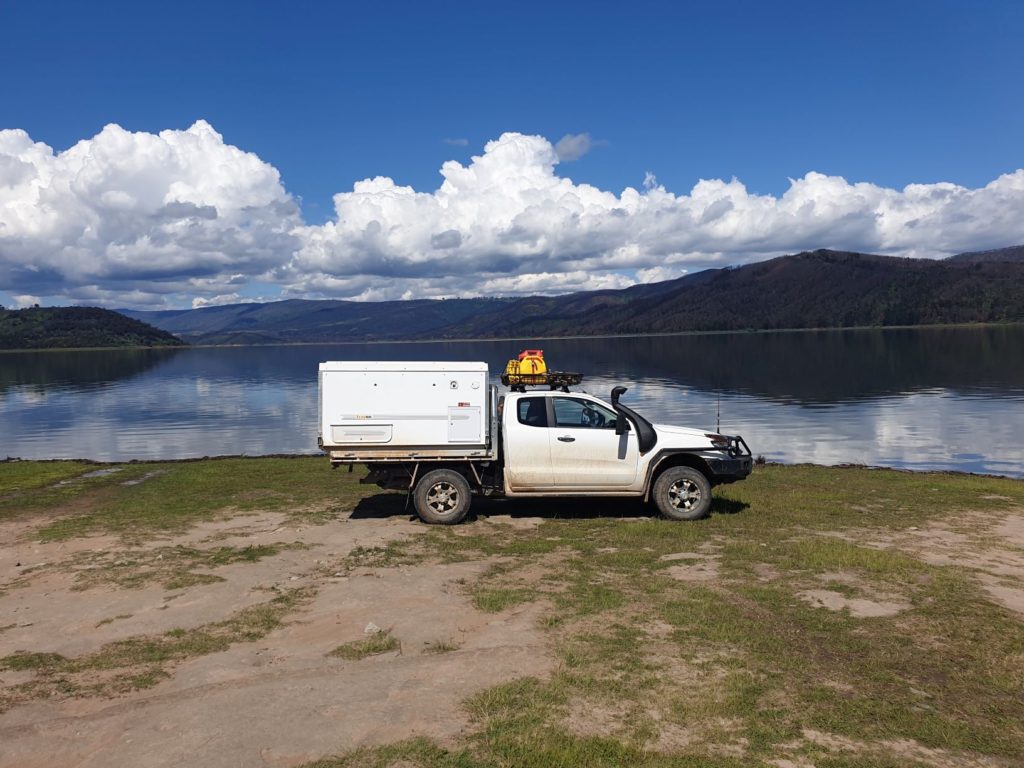
Wanda wanted to get a close-up view of the huge Blowering Reservoir as we headed through Kosciusko National Park
With a cool name like Yarrangobilly we knew this had to be good and we weren’t disappointed. Though recently hit hard by the bushfires, and the caves themselves closed due to Covid, all the walking trails and the thermal pools were open. Julie and I strung together a number of the walks that allowed us to see the first sections of a couple of the caves and walk along the picturesque Yarrangobilly River, then enjoyed a refreshing swim in the 27C (81F) waters of the thermal pool, warmed after the water had bubbled up from way underground. Great fun.
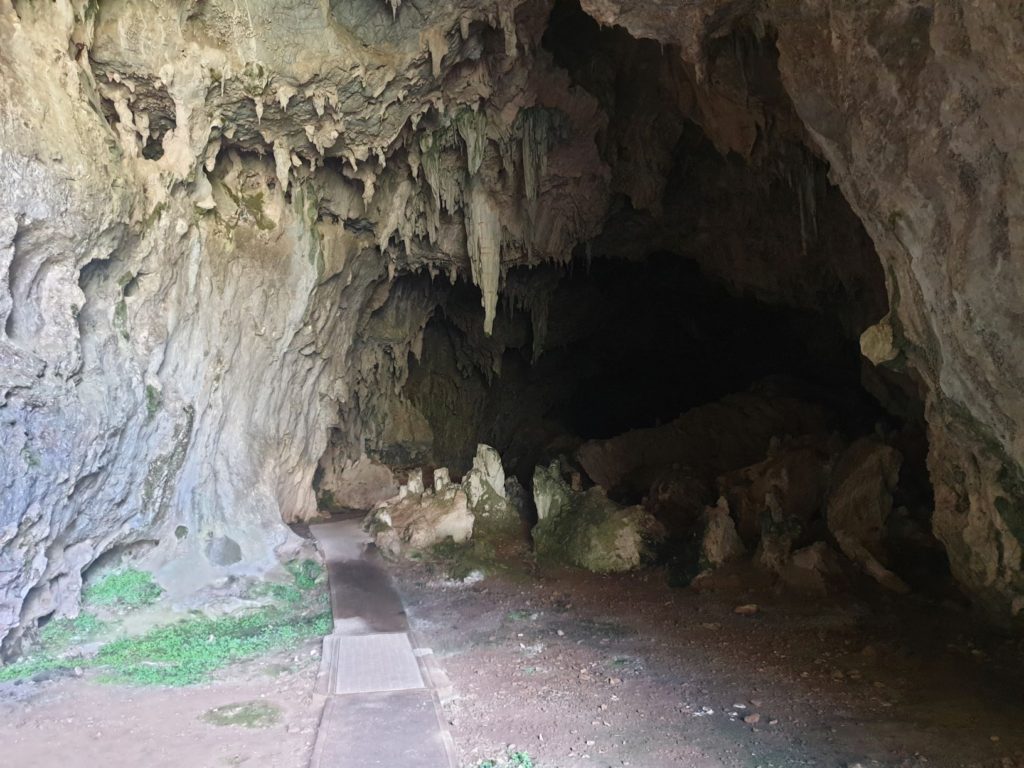
The Yarrangobilly Caves were closed due to Covid but you could walk a short distance into their entrance
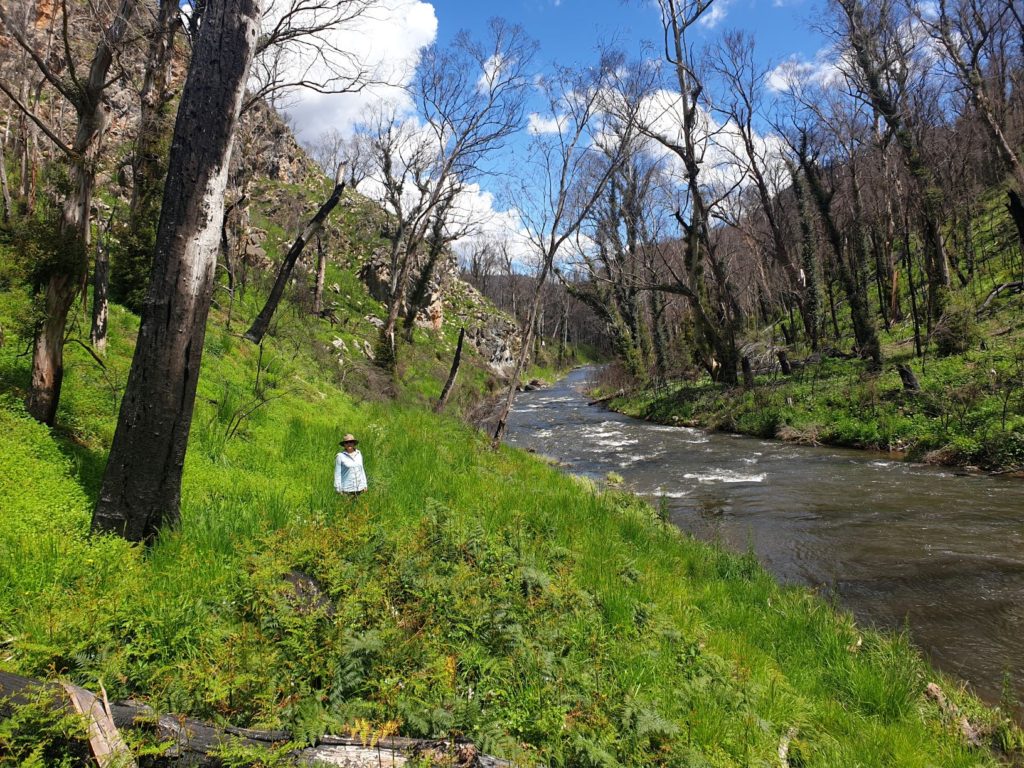
The walk along the banks of the clear and cold Yarrangobilly River was a bit burned out and overgrown from recent spring rains
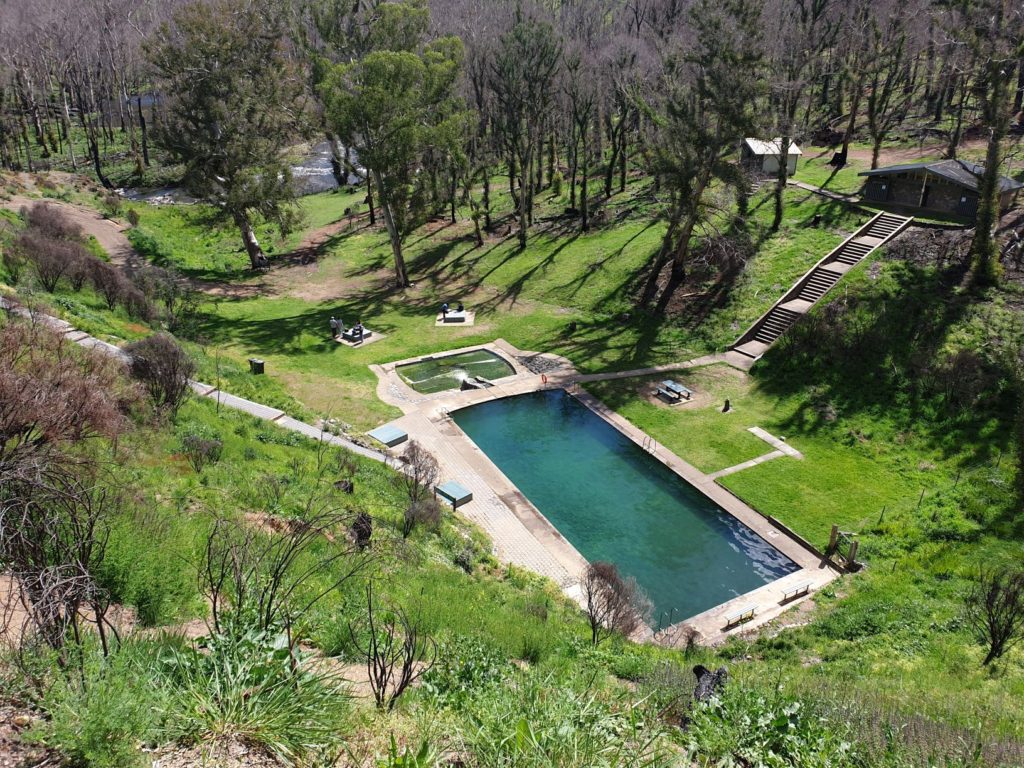
The thermal pools of Yarrangobilly was a real highlight – we enjoyed the warm water swim in a beautiful setting
We then drove out on a side road called the Long Plains Road, a very boring name after being surrounded by all things Yarrangobilly. But this road was spectacular, across open high plains, herds of brumbies (wild horses if you’re not Aussie) roaming across the open land. The elevation reached 1390 metres, practically on the moon by local standards, and we passed a couple of old huts built over 100 years ago by some of the original pastoralists. How those early settlers survived in these harsh conditions is anyone’s guess but at least they had a beautiful place to call home.
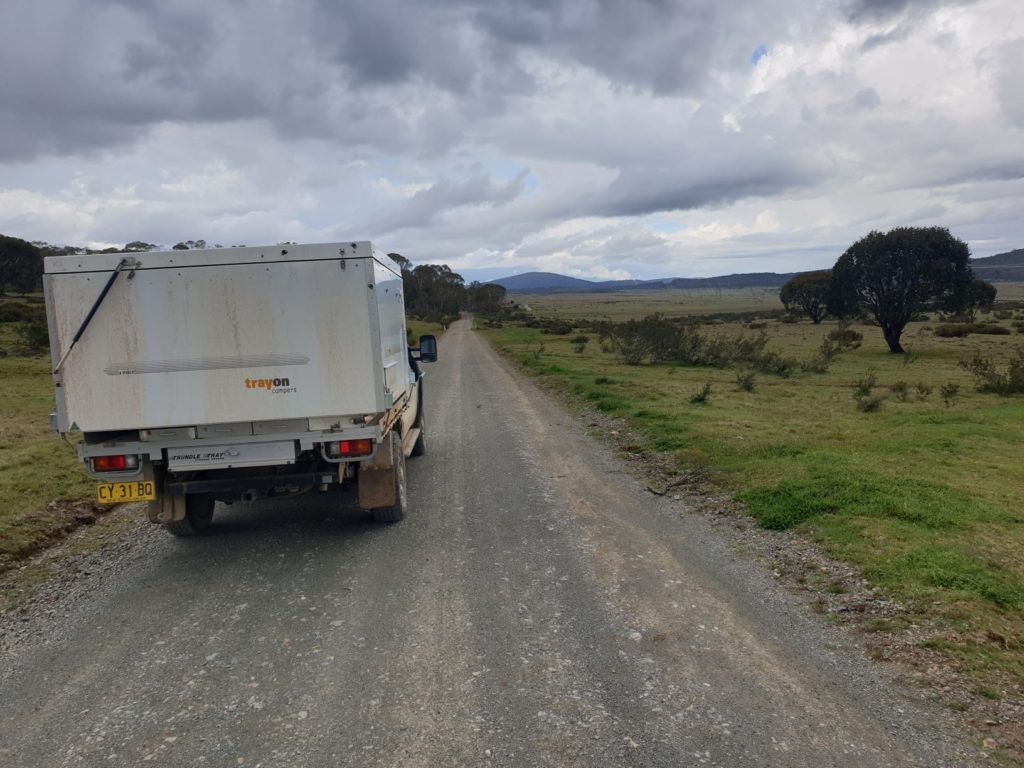
Long Plains Road provided a beautiful drive through some remote high country in the northern parts of Kosciusko National Park
We went up and over some rough tracks as the rain started to fall and by the time we reached the Blue Waterholes campground at the end of the road, where we were planning to camp, some of steep sections had started to get a bit greasy. So instead of camping in the rain and risking getting stuck we retreated about eight kilometres to the beautiful Cooleman Mountain campground on a sheltered ridge, kangaroos and brumbies near at hand. We spent the night inside due to the foul weather but we knew it was beautiful outside.
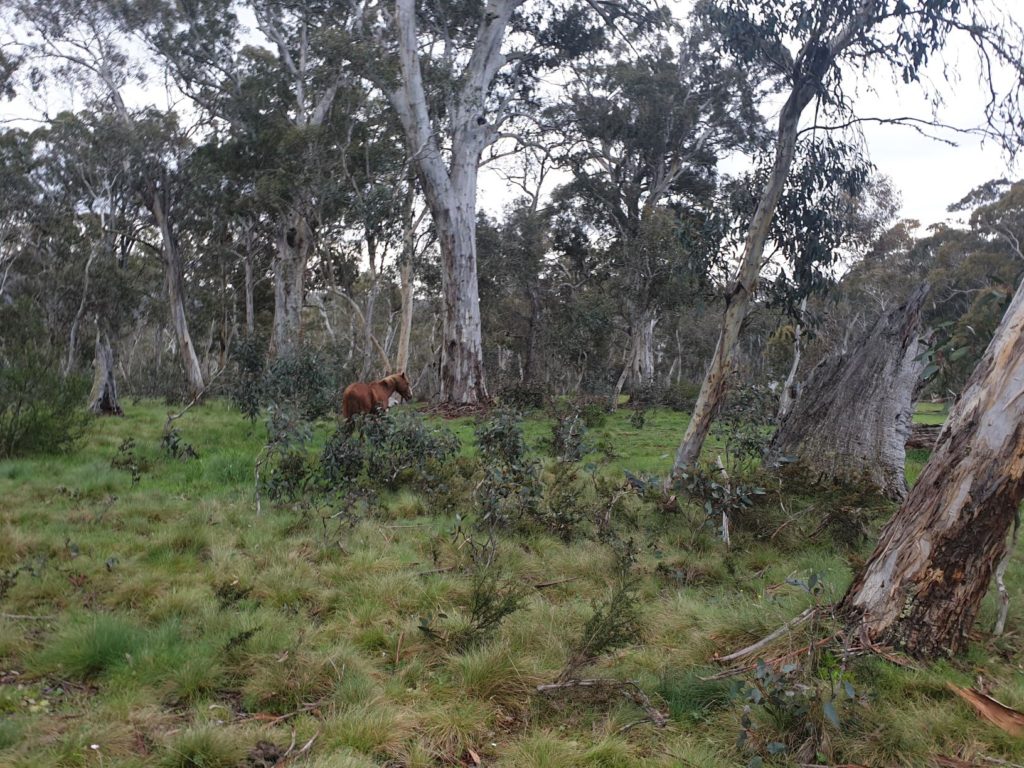
Brumbies and kangaroos surrounded us as we camped in the wet weather our last night in the park. This beautiful horse came in for a look but was very camera shy.
On our last day of this great loop around the far reaches of New South Wales we returned to Blue Waterholes and tried to do the recommended Clarke Gorge walking track – because any gorge walk is a good walk – but the rocks that we were supposed to hop across the creek on were deeply submerged and it appeared the whole gorge was flooded. Never mind, we followed the long and beautiful drive back out Long Plains Road, detouring to see the Tantangara Reservoir which was full enough to flood over the track, before finally reaching the bitumen again and winding our way through more burnt forest to the nearby community of Adaminaby.
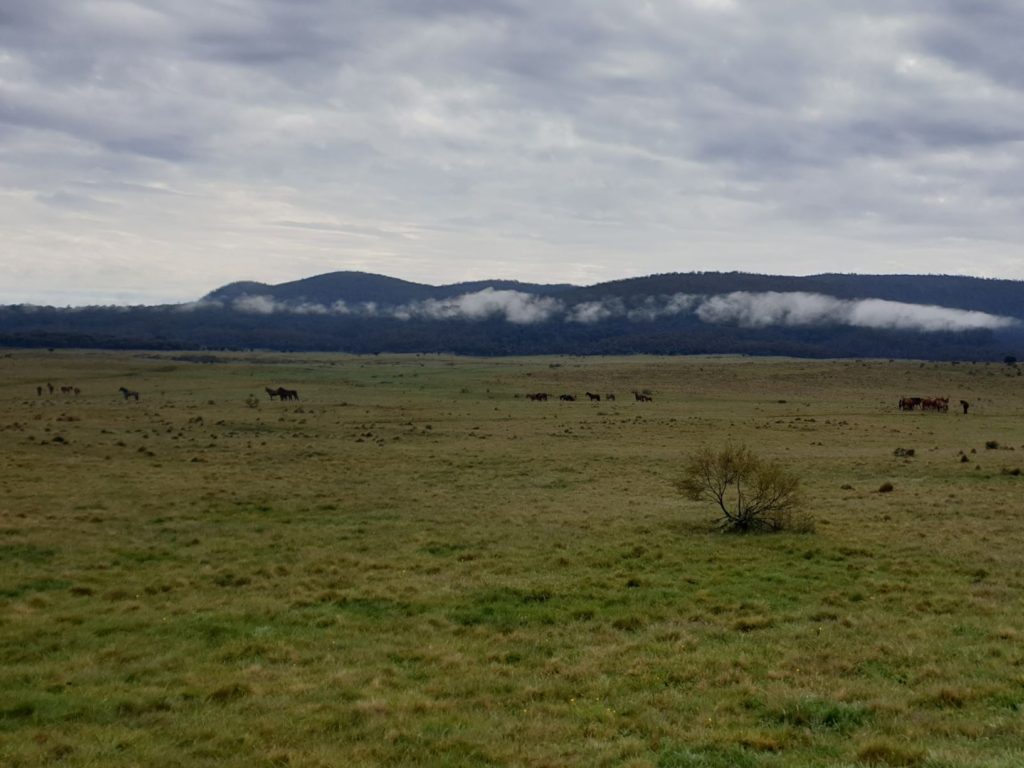
A herd of brumbies are visible in the distance – some people say they are a quintessential part of Australia’s alpine high country, others say they are an out of control pest who are ruining the waterways and land. As a short term visitor we voted with the brumbies.
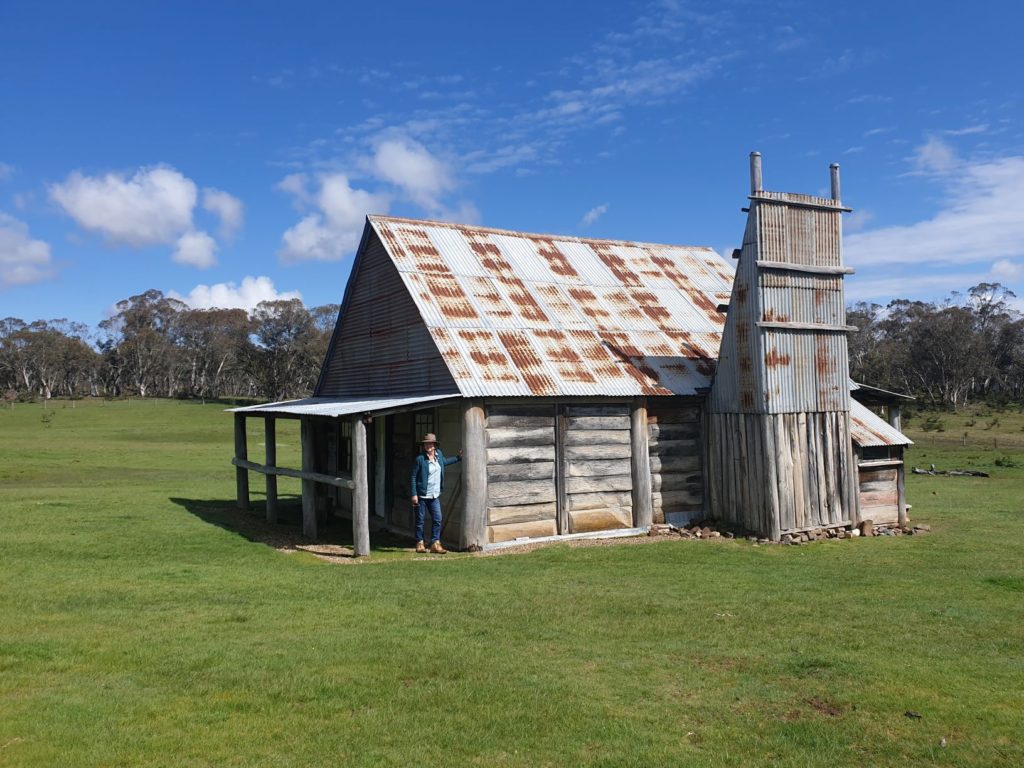
We visited the remote Coolamine Homestead, built in the 19th century, home to hearty families who survived extremely harsh conditions in this remote location
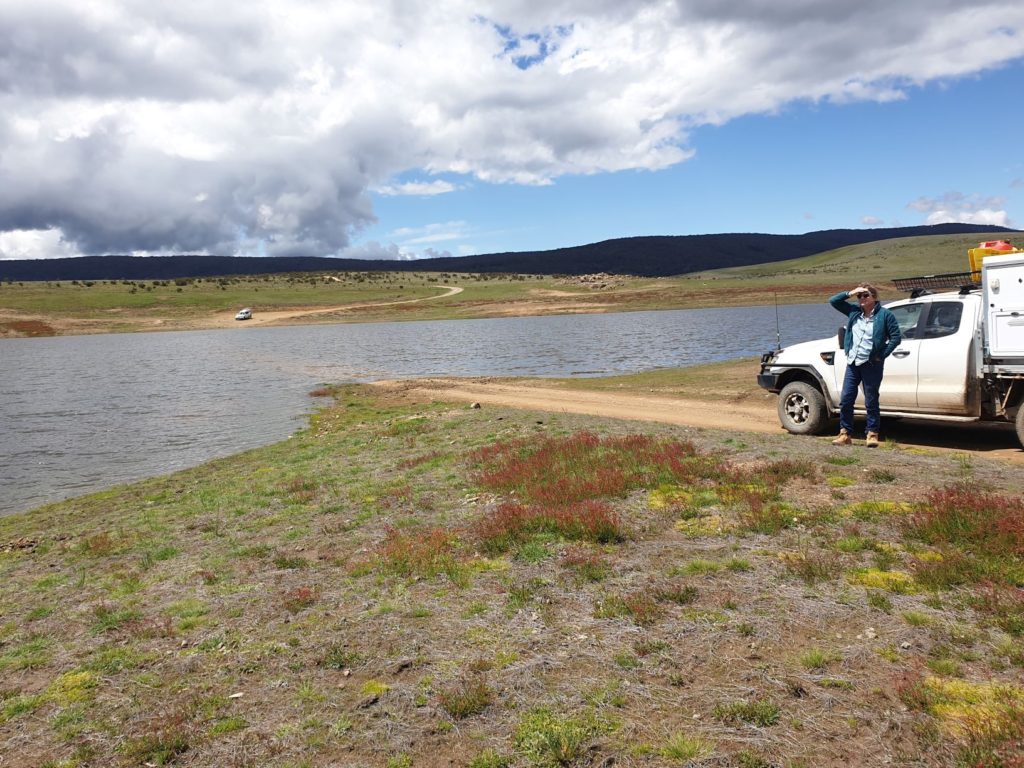
Slam on the brakes – the Tantangara Reservoir was so high after recent rains it completely flooded the alternative road out of the park
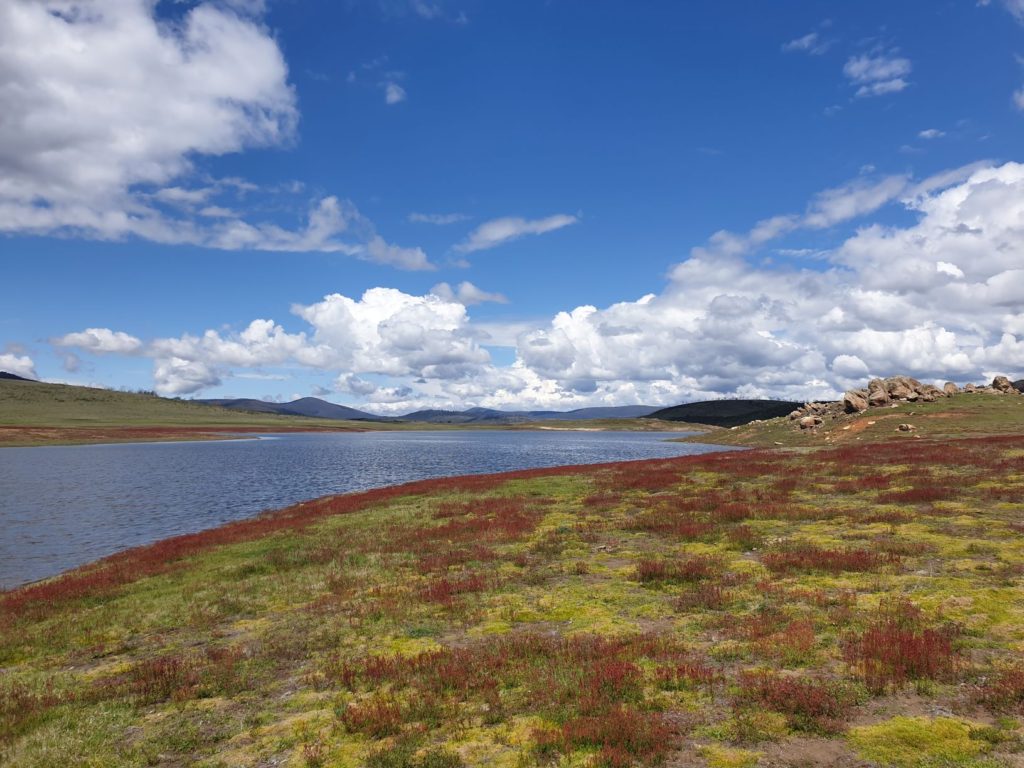
The area around the Tantangara Reservoir was absolutely gorgeous and inspired us to come back to this area some time soon
Within the hour we were back in Cooma and getting hugs from our two beautiful granddaughters. We spent four more glorious days playing Papa and Nanna before finally heading up to Sydney and home. It had been a fabulous exploration of our state, revisiting many favourite spots but mostly exploring new regions, hidden gems and unexpected highlights. The people we met along the way, the beautiful rivers, the red desert and the starry nights all made for an overwhelmingly special experience. We travelled over 6,100 kilometres, (about 3,800 miles), not a single one to be missed. And our list of new places to explore for our next journey is longer than it has ever been before. How good is that?
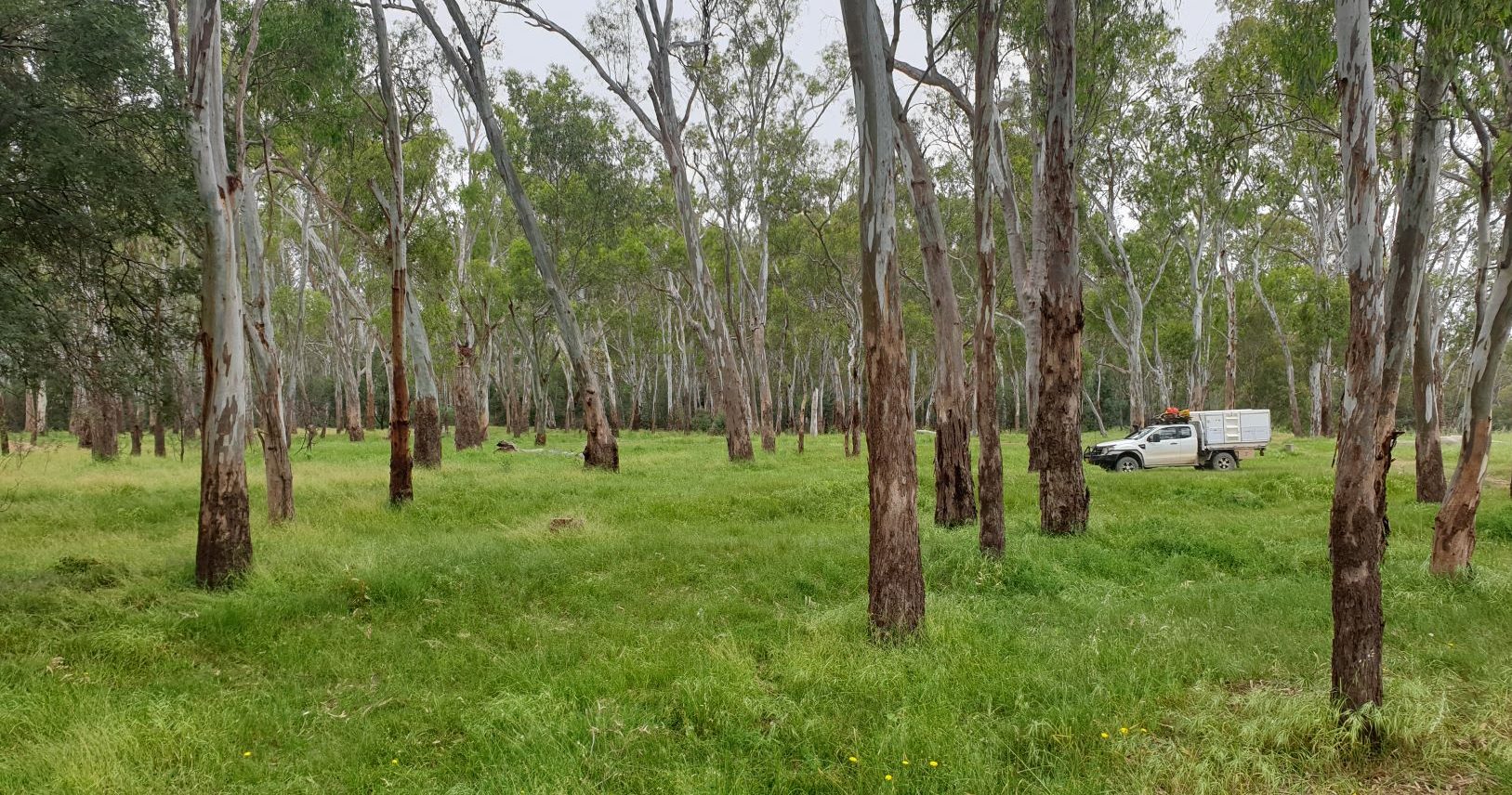
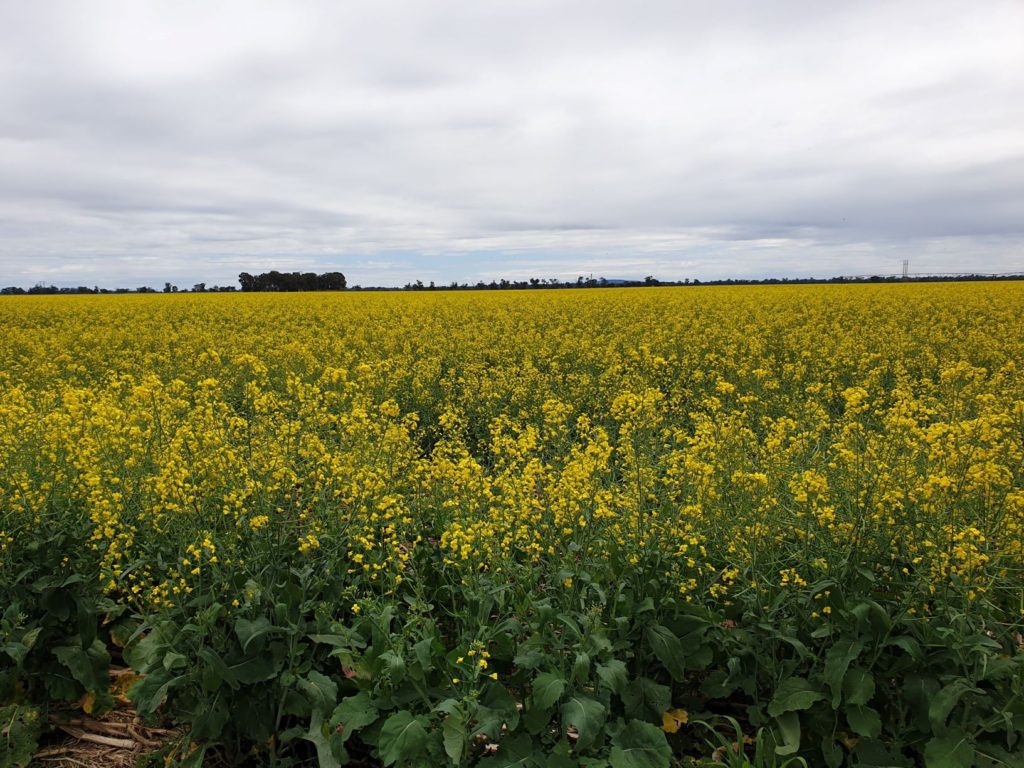
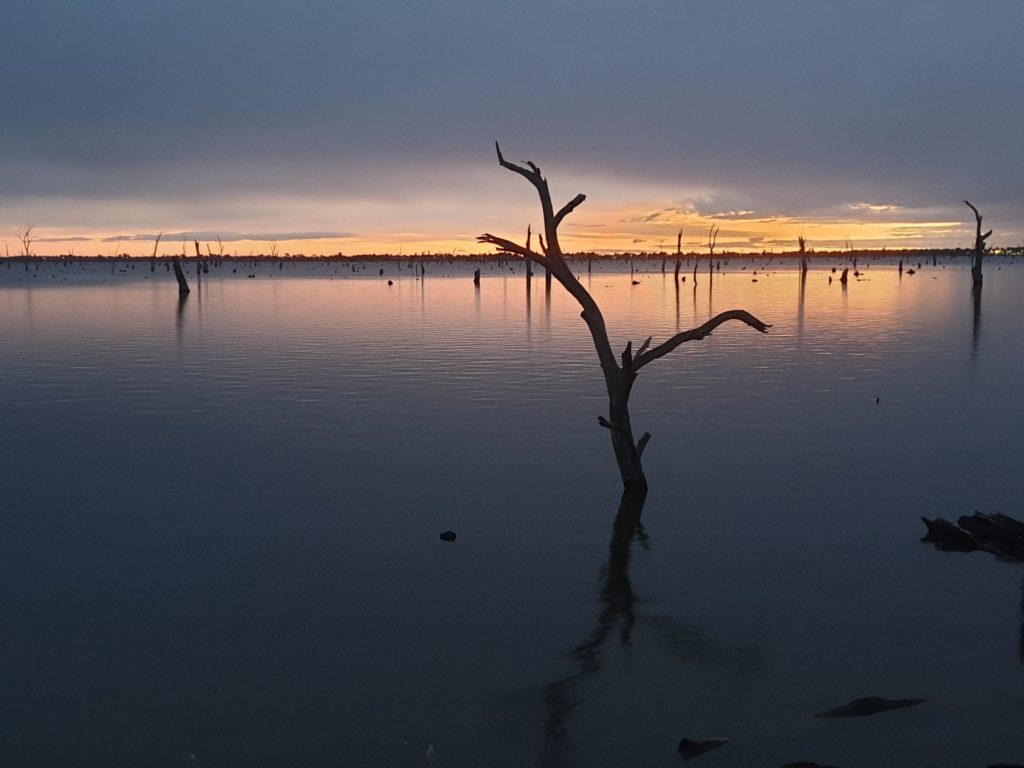
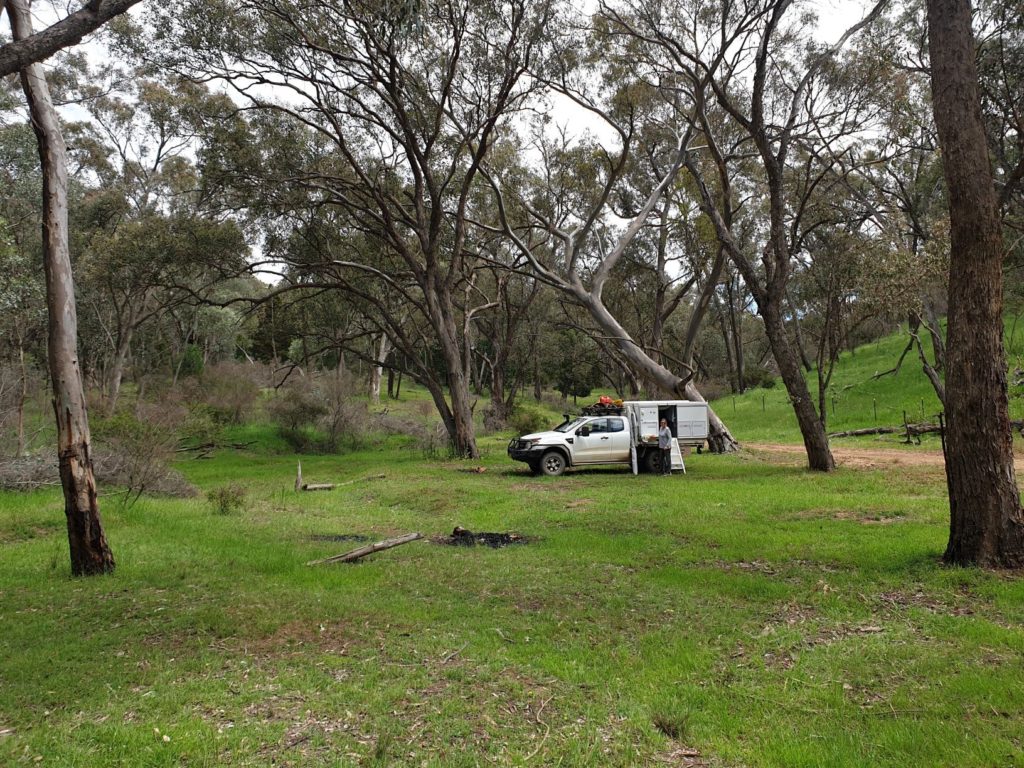
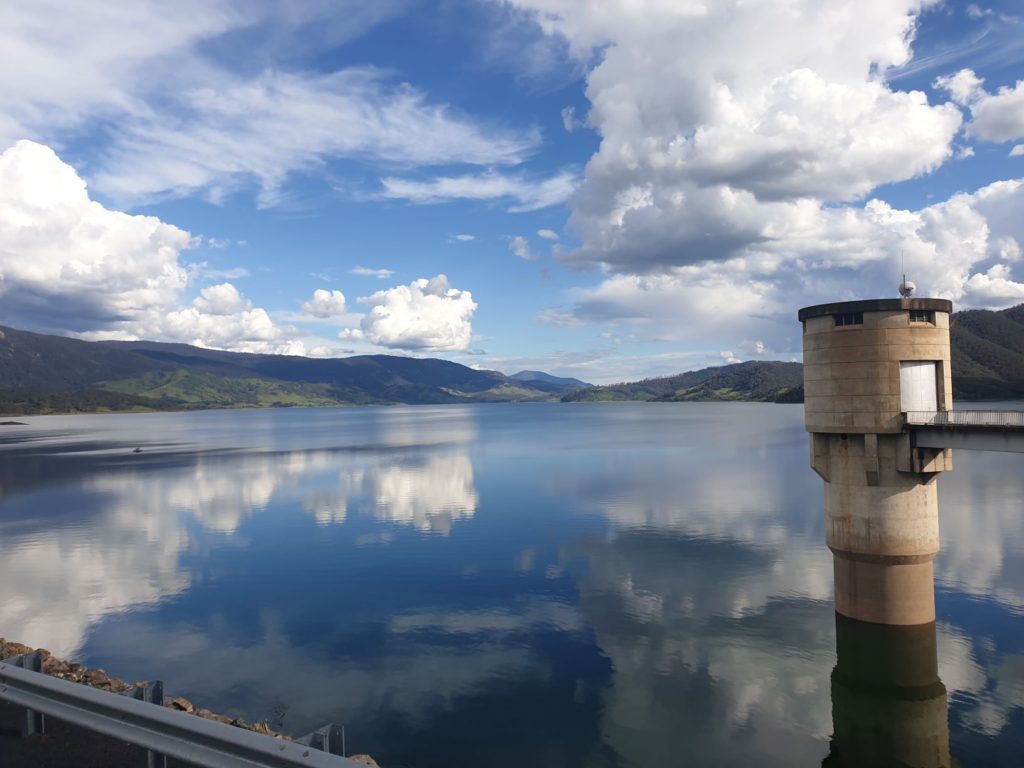
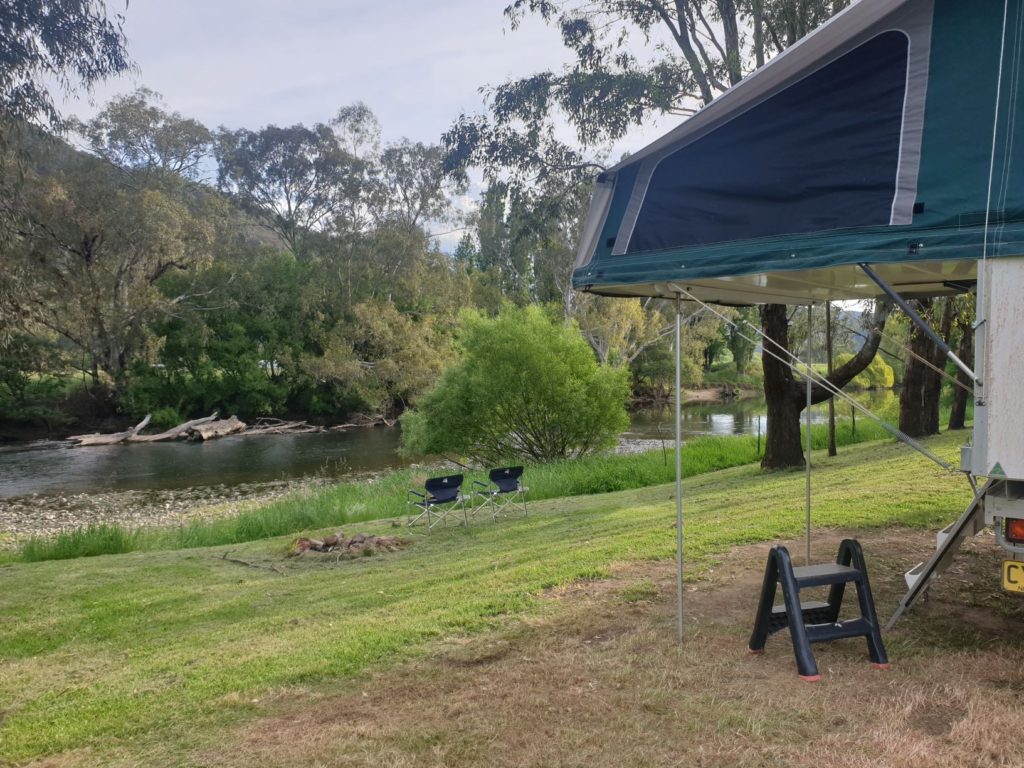
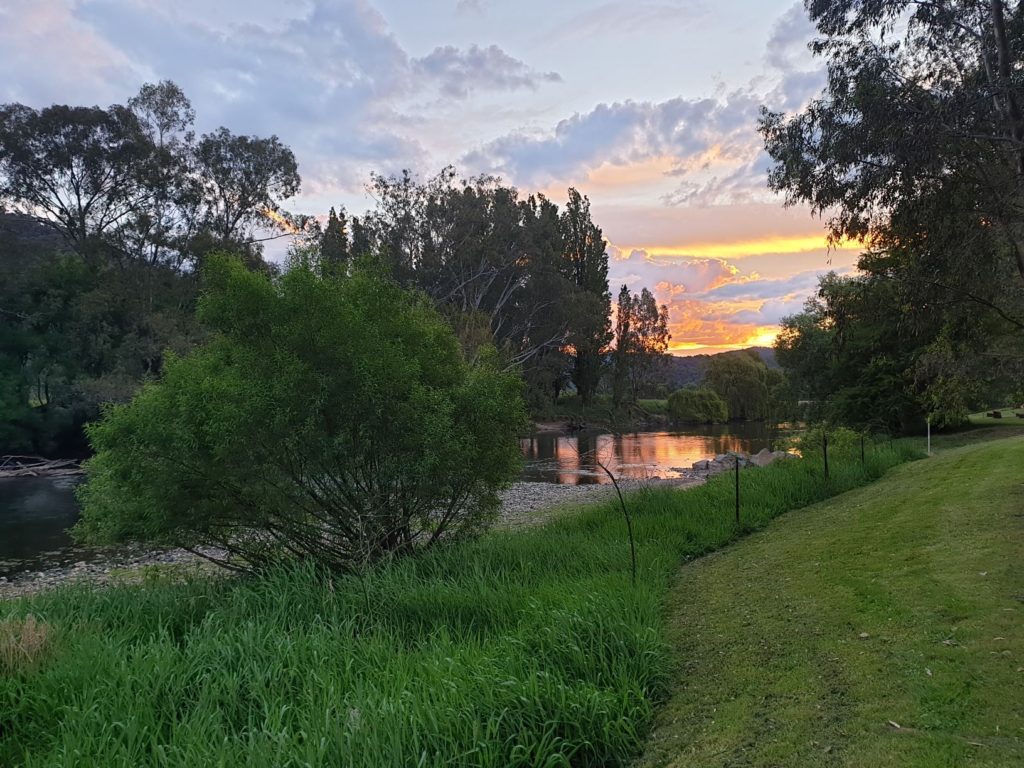
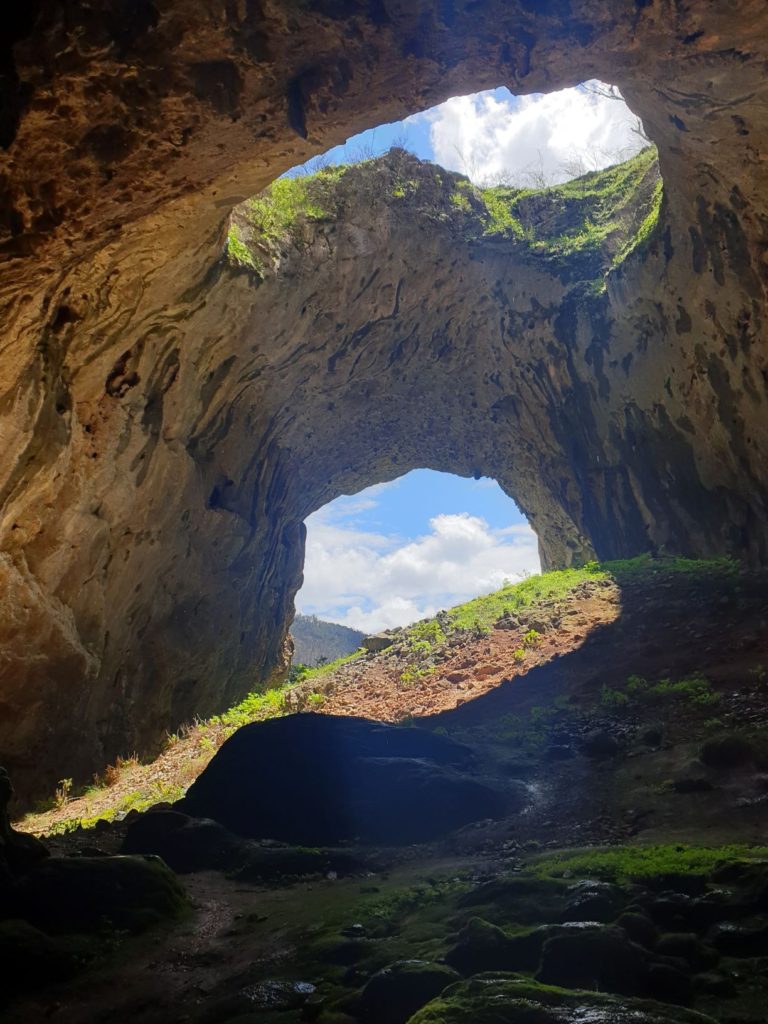
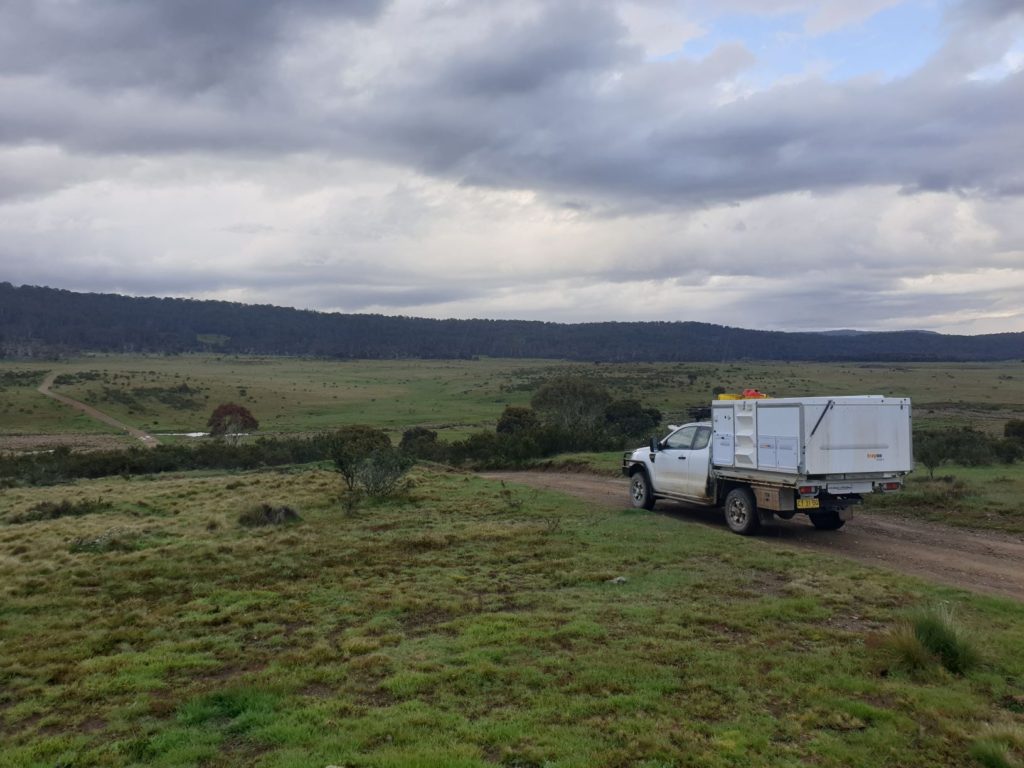
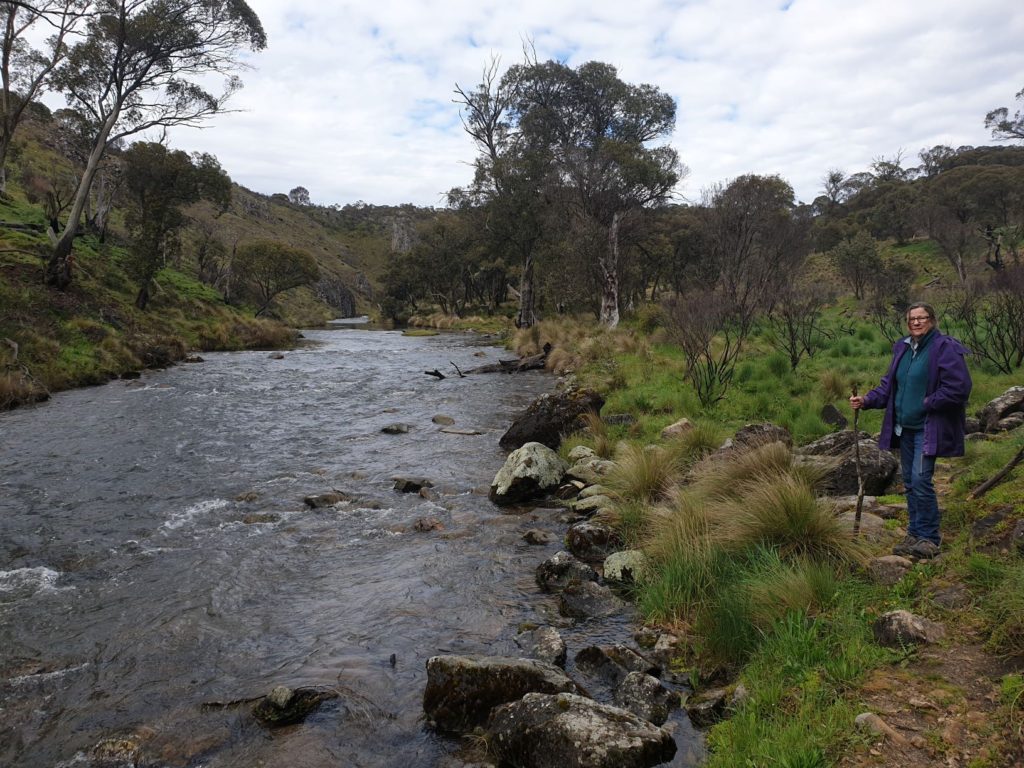
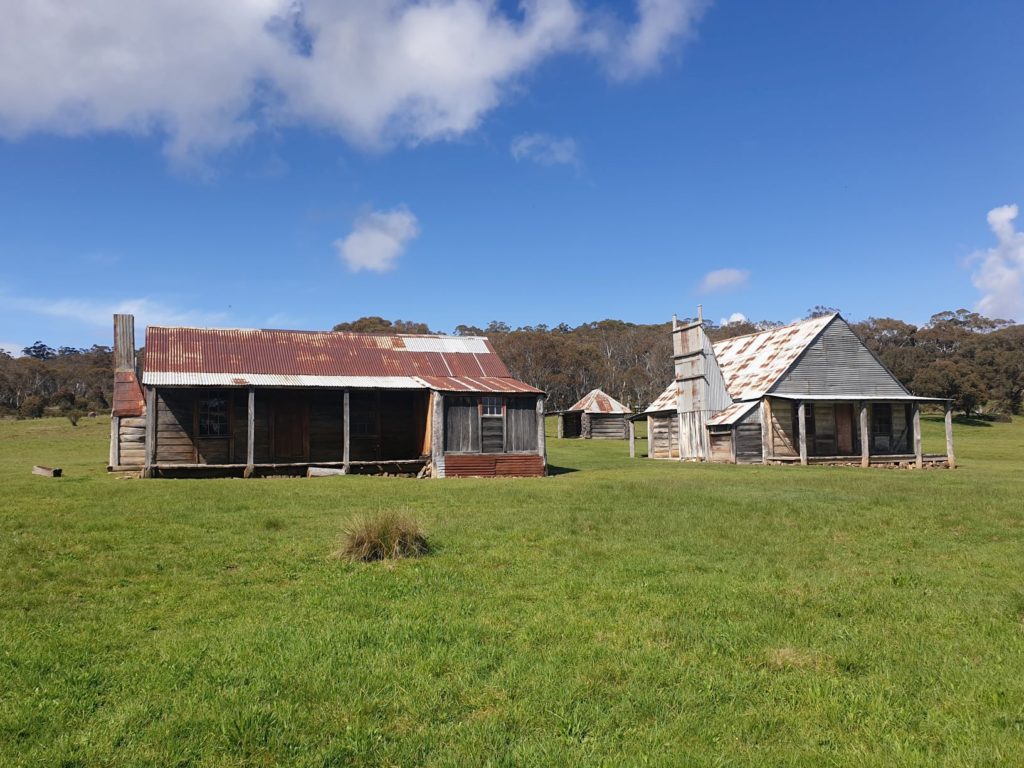
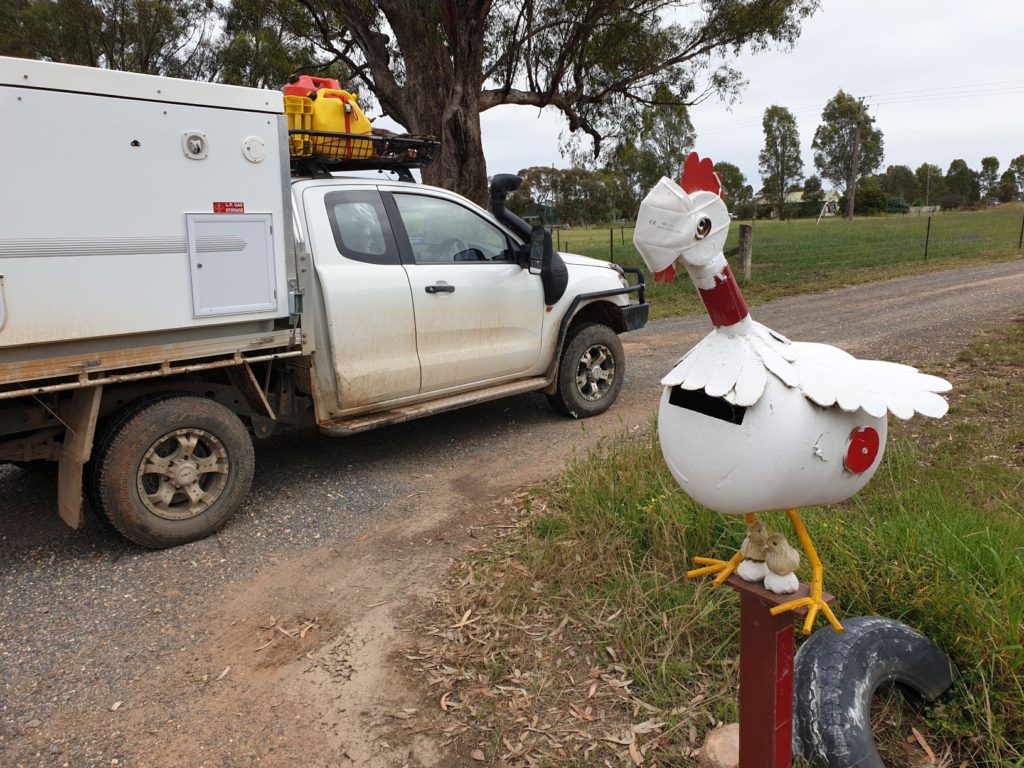
Comments
From the Riverina to the Snowys — No Comments
HTML tags allowed in your comment: <a href="" title=""> <abbr title=""> <acronym title=""> <b> <blockquote cite=""> <cite> <code> <del datetime=""> <em> <i> <q cite=""> <s> <strike> <strong>